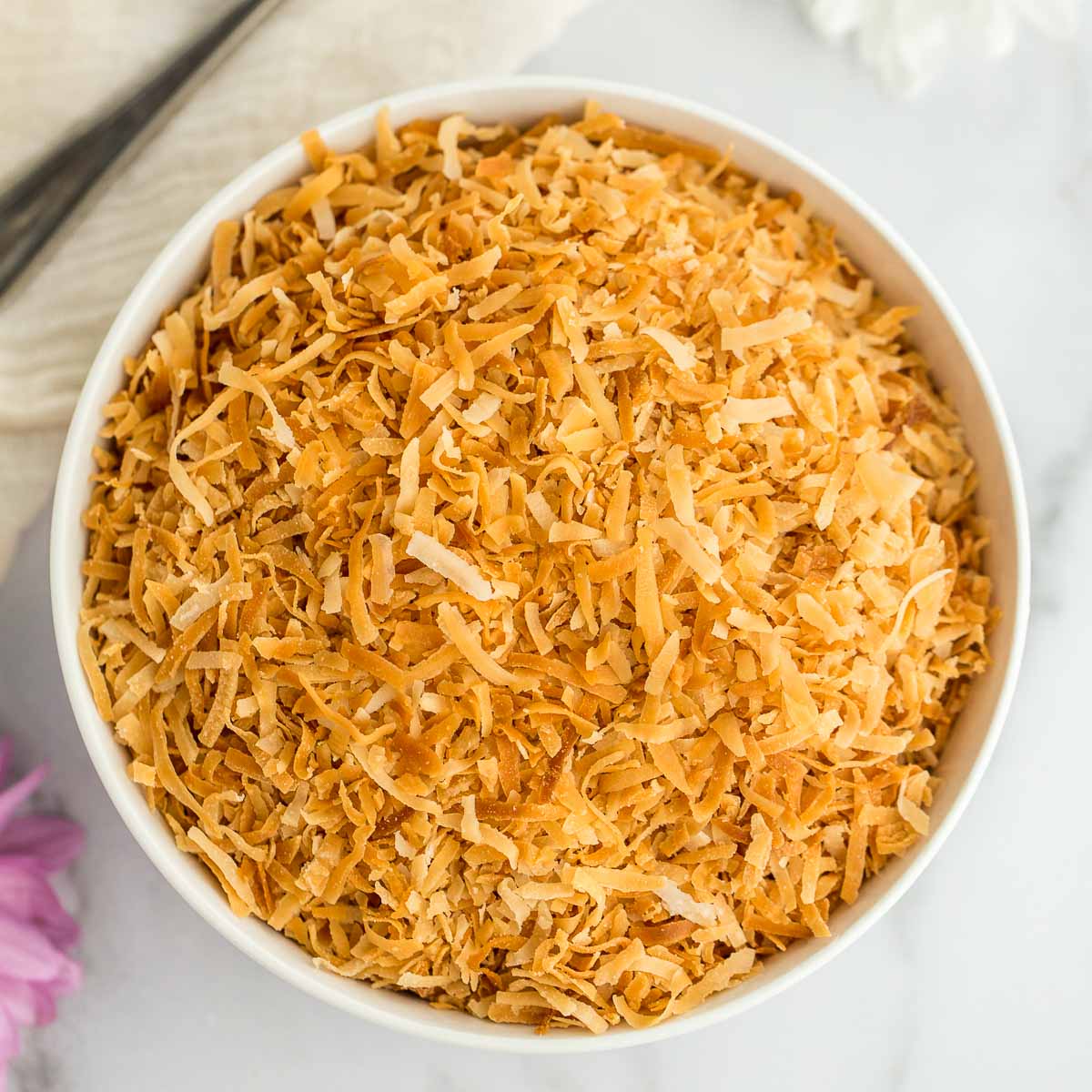

Articles
How To Store Toasted Coconut
Modified: February 27, 2024
Learn how to store toasted coconut effectively with our comprehensive guide. Discover the best methods and tips to keep your coconut flakes fresh and flavorful.
(Many of the links in this article redirect to a specific reviewed product. Your purchase of these products through affiliate links helps to generate commission for Storables.com, at no extra cost. Learn more)
Introduction:
Welcome to the wonderful world of toasted coconut! Whether you’re a fan of its nutty flavor or enjoy its crunchy texture, toasted coconut can add a delightful twist to a variety of dishes. From desserts to savory dishes, this versatile ingredient has become a pantry staple for many home cooks and professional chefs alike.
But what happens when you have leftover toasted coconut or want to prepare it in advance for future use? Knowing how to properly store toasted coconut is crucial to maintaining its freshness and flavor. In this article, we will explore the importance of storing toasted coconut, discuss the best methods for storage, and share creative ways to make the most of this delicious ingredient.
So why should you bother storing toasted coconut correctly? By doing so, you can prolong its shelf life and prevent it from losing its delightful aroma and taste. Improper storage can lead to staleness, loss of flavor, or even spoilage. However, with the right techniques and knowledge, you can ensure that your toasted coconut remains fresh and ready to use whenever inspiration strikes.
Before we dive into the proper storage methods, let’s first understand the importance of choosing the right coconut and the toasting process itself.
Key Takeaways:
- Properly storing toasted coconut is crucial for maintaining its freshness and flavor, ensuring convenience, versatility, extended shelf life, cost-effectiveness, and enhanced flavor for a wide range of culinary creations.
- By mastering the toasting process, choosing high-quality coconuts, and utilizing proper storage methods, you can enjoy the convenience, versatility, and enhanced flavors that toasted coconut brings to your dishes.
Read more: How To Store Coconut
Why Store Toasted Coconut?
You may be wondering, why go through the effort of storing toasted coconut instead of just making it fresh every time you need it? Well, there are several reasons why storing toasted coconut can be beneficial:
- Convenience: Toasted coconut adds a delicious crunch and flavor to many recipes, but the toasting process can be time-consuming. By making a large batch of toasted coconut and storing it, you can have it readily available whenever you want to add that extra touch to your dishes.
- Versatility: Toasted coconut is incredibly versatile and can be used in a wide range of sweet and savory recipes. From sprinkling it over yogurt and smoothie bowls to incorporating it into curries and stir-fries, having stored toasted coconut allows you to experiment and get creative with your culinary creations.
- Extended Shelf Life: Toasted coconut, like any food, has a limited shelf life. By storing it properly, you can extend its freshness and prevent it from spoiling too quickly. This not only saves you from wasting food but also ensures that you always have toasted coconut at hand for your cooking and baking endeavors.
- Cost-Effective: Coconut can be quite expensive, especially if you’re buying fresh coconuts. By toasting and storing coconut, you can make the most out of your purchase and avoid any wastage.
- Enhanced Flavor: Surprisingly, storing toasted coconut can actually enhance its flavor. As the coconut sits, the flavors intensify, resulting in a richer and more pronounced taste. So, when you use stored toasted coconut, be prepared for an explosion of flavor in your dishes!
Now that we understand the benefits of storing toasted coconut, let’s delve into the process of choosing the right coconut and how to toast it to perfection.
Choosing the Right Coconut:
When it comes to choosing coconuts for toasting, there are a few factors to consider. Here are some tips to help you select the right coconut:
- Freshness: Look for coconuts that feel heavy for their size. A fresh coconut should have no visible cracks or mold. Shake the coconut and listen for the sound of liquid inside. If you don’t hear anything, it may indicate that the coconut is old and has dried out.
- Color: The color of the coconut’s husk is not necessarily an indication of its freshness or quality. However, if you prefer a slightly sweeter flavor, look for coconuts with a slightly golden hue as they tend to have a higher sugar content.
- Size: Coconuts come in different sizes, ranging from small to large. The size you choose depends on your personal preference and the amount of toasted coconut you want to make. Keep in mind that larger coconuts may yield more toasted coconut and require more time and effort to crack open.
- Texture: Gently press the coconut to feel for any soft spots or indentations. A firm and solid texture indicates a fresh coconut, while a softer texture may indicate that the coconut is old or starting to spoil.
- Origin: Consider the source of the coconuts. Locally-grown or organic coconuts are often fresher and have a more intense flavor compared to imported ones.
Once you’ve selected the perfect coconut, it’s time to move on to the toasting process. Let’s explore how to toast coconut to achieve that irresistible golden brown color and crunchy texture.
The Toasting Process:
Toasting coconut is a simple yet crucial step in unlocking its rich flavor and adding a delightful crunch to your dishes. Follow these steps to toast coconut to perfection:
- Preheat the oven: Start by preheating your oven to 325°F (163°C). This temperature ensures that the coconut toasts evenly without burning.
- Prepare the coconut: Begin by cracking open the coconut and removing its outer husk. Then, use a vegetable peeler or sharp knife to remove the brown skin from the coconut meat.
- Shredding the coconut: Grate the coconut meat using a box grater or a food processor fitted with a grating attachment. You can opt for fine or medium-sized shreds, depending on your preference.
- Spread evenly: Evenly spread the shredded coconut on a baking sheet lined with parchment paper. Make sure the coconut is spread out in a thin, even layer to ensure that it toasts evenly.
- Toast in the oven: Place the baking sheet in the preheated oven and toast the coconut for 8-10 minutes. Keep a close eye on it as coconut can quickly go from golden brown to burnt.
- Stir halfway through: About halfway through the toasting process, take the baking sheet out of the oven and give the coconut a gentle stir to ensure even browning. This will prevent any hot spots or burnt patches.
- Monitor the color: Keep a watchful eye on the coconut as it toasts. The goal is to achieve a golden brown color throughout. If you prefer a darker toast, you can let it go for another minute or two, but be careful not to overdo it.
- Cool and store: Once the coconut reaches your desired level of toasting, take it out of the oven and let it cool completely on the baking sheet. Once cooled, transfer the toasted coconut into an airtight container for storage.
Now that you know how to toast coconut to perfection, let’s move on to the next crucial step – storing your toasted coconut for maximum freshness and flavor.
Proper Storage Containers:
Choosing the right storage container is essential for keeping your toasted coconut fresh and flavorful for as long as possible. Here are some options to consider:
- Airtight Containers: The best choice for storing toasted coconut is an airtight container. This ensures that no air or moisture can enter, keeping the coconut fresh and preventing it from becoming stale. Look for containers with a tight-fitting lid to create a secure seal.
- Glass Jars: Glass jars with airtight lids are an excellent option for storing toasted coconut. They are durable, easy to clean, and allow you to see the contents inside. Ensure that the jar is clean and completely dry before transferring the toasted coconut to maintain its freshness.
- Plastic Containers: If you prefer using plastic containers, opt for ones made of high-quality, food-grade plastic. Make sure they have a reliable locking mechanism or airtight seal to preserve the freshness of the toasted coconut.
- Zip-Top Bags: If you don’t have any airtight containers on hand, you can use zip-top bags as a temporary storage solution. Be sure to press out as much air as possible before sealing the bag to minimize air exposure.
Regardless of the container you choose, always ensure that it is clean, dry, and free from any lingering odors. Any residual moisture or foreign smells can compromise the flavor and quality of the toasted coconut.
Next, we’ll discuss the options of refrigeration and freezing and which method is best for storing your toasted coconut.
Store toasted coconut in an airtight container at room temperature for up to 2 weeks, or in the refrigerator for up to 3 months. This will help maintain its freshness and prevent it from becoming stale or rancid.
Read more: How To Store A Coconut
Refrigeration vs Freezing:
When it comes to storing toasted coconut, you have two main options: refrigeration or freezing. Each method has its advantages and considerations. Let’s take a closer look at both:
Refrigeration:
Refrigeration is a suitable option for short-term storage of toasted coconut. Here are some key points to keep in mind:
- Duration: Toasted coconut can be stored in the refrigerator for up to 2 weeks.
- Airtight Container: Place the toasted coconut in an airtight container to prevent it from absorbing any odors from other foods in the refrigerator.
- Moisture Absorption: There is a risk of the toasted coconut absorbing moisture from the refrigerator, potentially causing it to become soft and lose its crunch. To minimize this, ensure the toasted coconut is completely cooled before storing it and make sure the container is airtight.
Freezing:
Freezing offers a longer-term storage solution for toasted coconut, extending its shelf life and preserving its texture and flavor. Here’s what you need to know:
- Duration: Toasted coconut can be stored in the freezer for up to 6 months without a significant loss in quality.
- Freezer-Safe Container: Place the toasted coconut in a freezer-safe container or zip-top bag, removing as much air as possible before sealing. Label the container with the date to keep track of its freshness.
- Increased Shelf Life: Freezing toasted coconut helps maintain its crispness and prevents it from becoming stale. It is a great option if you want to make a large batch of toasted coconut and have it readily available over an extended period.
- Thawing: When you are ready to use the frozen toasted coconut, allow it to thaw in the refrigerator. Avoid thawing it at room temperature to prevent any potential moisture absorption.
Ultimately, the choice between refrigeration and freezing depends on your specific needs. If you plan to use the toasted coconut within a couple of weeks, refrigeration is sufficient. However, if you want to store it for several months or have made a large batch, freezing is the better option.
Now that we’ve discussed the different storage methods, let’s explore how you can store toasted coconut at room temperature.
Storing Toasted Coconut at Room Temperature:
If you prefer keeping your toasted coconut readily accessible at room temperature, there are a few key guidelines to follow to maintain its freshness:
- Airtight Container: Store the toasted coconut in an airtight container to protect it from air and moisture. This will help to preserve its texture and prevent it from becoming stale.
- Cool and Dry Location: Find a cool and dry spot in your kitchen or pantry to store the container of toasted coconut. Avoid areas that are exposed to direct sunlight or near heat sources, as these can lead to degradation in quality.
- Absence of Odors: Ensure that the storage area is free from strong odors. Toasted coconut has an absorbent nature and can pick up odors easily, compromising its flavor and aroma.
- Check for Freshness: Regularly inspect the toasted coconut for any signs of spoilage, such as a rancid smell or mold. If you notice any concerns, discard the entire batch to prevent potential health risks.
It’s important to note that storing toasted coconut at room temperature might result in a slightly shorter shelf life compared to refrigeration or freezing. It is recommended to consume it within 1 to 2 weeks to ensure optimal flavor and quality.
Now that you’ve learned how to store toasted coconut using various methods, let’s move on to how you can monitor and maintain its freshness over time.
Monitoring and Maintaining Freshness:
Even with proper storage techniques, it’s essential to monitor and maintain the freshness of your toasted coconut. Here are some tips to help you ensure that your toasted coconut remains in its best possible condition:
- Regular Inspection: Check the toasted coconut periodically for any signs of spoilage, such as molds, off smells, or changes in texture. If you notice any abnormalities, immediately discard the batch to prevent any health risks.
- Seal Integrity: Regularly inspect the containers or bags in which you store the toasted coconut to ensure that the seals or closures are intact. Any compromise in the seal can lead to exposure to air or moisture, which can impact the coconut’s freshness.
- Proper Handling: When using the toasted coconut, ensure that you use clean and dry utensils to avoid introducing any contaminants that could lead to spoilage.
- Avoid Excessive Exposure: Limit the amount of time the toasted coconut is exposed to air and humidity. Keep the container sealed tightly immediately after each use.
- Rotate Stock: If you frequently use toasted coconut, make sure to rotate your stock by using the older batches first. This will prevent any coconut from sitting for too long and potentially losing its freshness.
- Store in Small Batches: If you find that you don’t use toasted coconut frequently, consider storing it in small batches. This way, you can open and use one container at a time while the rest remains sealed, maintaining its freshness for a longer period.
By following these guidelines and being diligent about monitoring the toasted coconut’s freshness, you can enjoy its delicious flavor and texture for a longer period.
Now that we’ve covered the essential aspects of storing and maintaining the freshness of toasted coconut, let’s explore some creative ways to use this versatile ingredient.
Creative Ways to Use Toasted Coconut:
Toasted coconut is a versatile ingredient that can add a delicious twist to a wide range of dishes. Here are some creative ways to incorporate toasted coconut into your culinary creations:
- Baking: Sprinkle toasted coconut on top of cakes, cupcakes, muffins, cookies, or bread for added texture and flavor. You can also use it in pie crusts or as a filling for pastries.
- Breakfast: Sprinkle toasted coconut over your morning oatmeal or yogurt bowls to add a tasty crunch. You can also mix it into pancake or waffle batter for a tropical twist.
- Smoothies and Smoothie Bowls: Blend toasted coconut into your favorite smoothie for a delightful nutty undertone. You can also use it as a topping for smoothie bowls, along with fresh fruits and granola.
- Savory Dishes: Toasted coconut can be a surprising addition to savory dishes. Use it as a garnish for salads, sprinkle it over grilled vegetables, or stir it into curries and stir-fries for an extra layer of flavor and texture.
- Ice Cream and Frozen Treats: Mix toasted coconut into homemade ice cream or sprinkle it over your favorite store-bought flavors. You can also use it as a topping for frozen yogurt, milkshakes, or even dairy-free alternatives like coconut milk ice cream.
- Trail Mixes: Add toasted coconut to your homemade trail mixes for a sweet and crunchy element. Combine it with nuts, dried fruits, and chocolate chips for a satisfying and energy-boosting snack.
- Granola and Energy Bars: Incorporate toasted coconut into your homemade granola or energy bars for an irresistible combination of flavors. It adds a delightful crunch and pairs well with nuts and dried fruits.
- Curry Toppings: Sprinkle toasted coconut on top of coconut-based curries, such as Thai or Indian dishes, for an added texture and flavor contrast.
- Tropical Desserts: Use toasted coconut as a key ingredient in tropical desserts like coconut macaroons, piña colada cupcakes, or coconut cream pies. Its distinct flavor complements the tropical vibes perfectly.
- Cereal and Granola Bars: Mix toasted coconut into your favorite cereals or use it as an ingredient in homemade granola or granola bars for a delightful twist.
Get creative with your culinary endeavors and let toasted coconut elevate your dishes to new heights of flavor and texture.
After exploring these creative uses of toasted coconut, let’s wrap up our article.
Read more: How To Store Toasted Walnuts
Conclusion:
Toasted coconut is a versatile and delicious ingredient that can elevate your dishes to new dimensions of flavor and texture. Knowing how to properly store toasted coconut is essential to maintain its freshness and maximize its shelf life.
Whether you choose to refrigerate, freeze, or store it at room temperature, the key is to use airtight containers that protect it from air, moisture, and odors. Regularly check for freshness and handle the toasted coconut with clean utensils to prevent any contamination.
By mastering the toasting process and choosing high-quality coconuts, you can ensure that your toasted coconut has the perfect golden brown color and delightful crunch. Experiment with creative ways to use toasted coconut in your cooking, baking, and even in savory dishes to surprise and delight your taste buds.
So the next time you make a batch of toasted coconut, remember to store it properly and enjoy the convenience, versatility, and enhanced flavors that this delightful ingredient brings to your culinary creations.
Now, go ahead and grab some coconuts, start toasting, and embark on a delicious adventure with toasted coconut!
Frequently Asked Questions about How To Store Toasted Coconut
Was this page helpful?
At Storables.com, we guarantee accurate and reliable information. Our content, validated by Expert Board Contributors, is crafted following stringent Editorial Policies. We're committed to providing you with well-researched, expert-backed insights for all your informational needs.

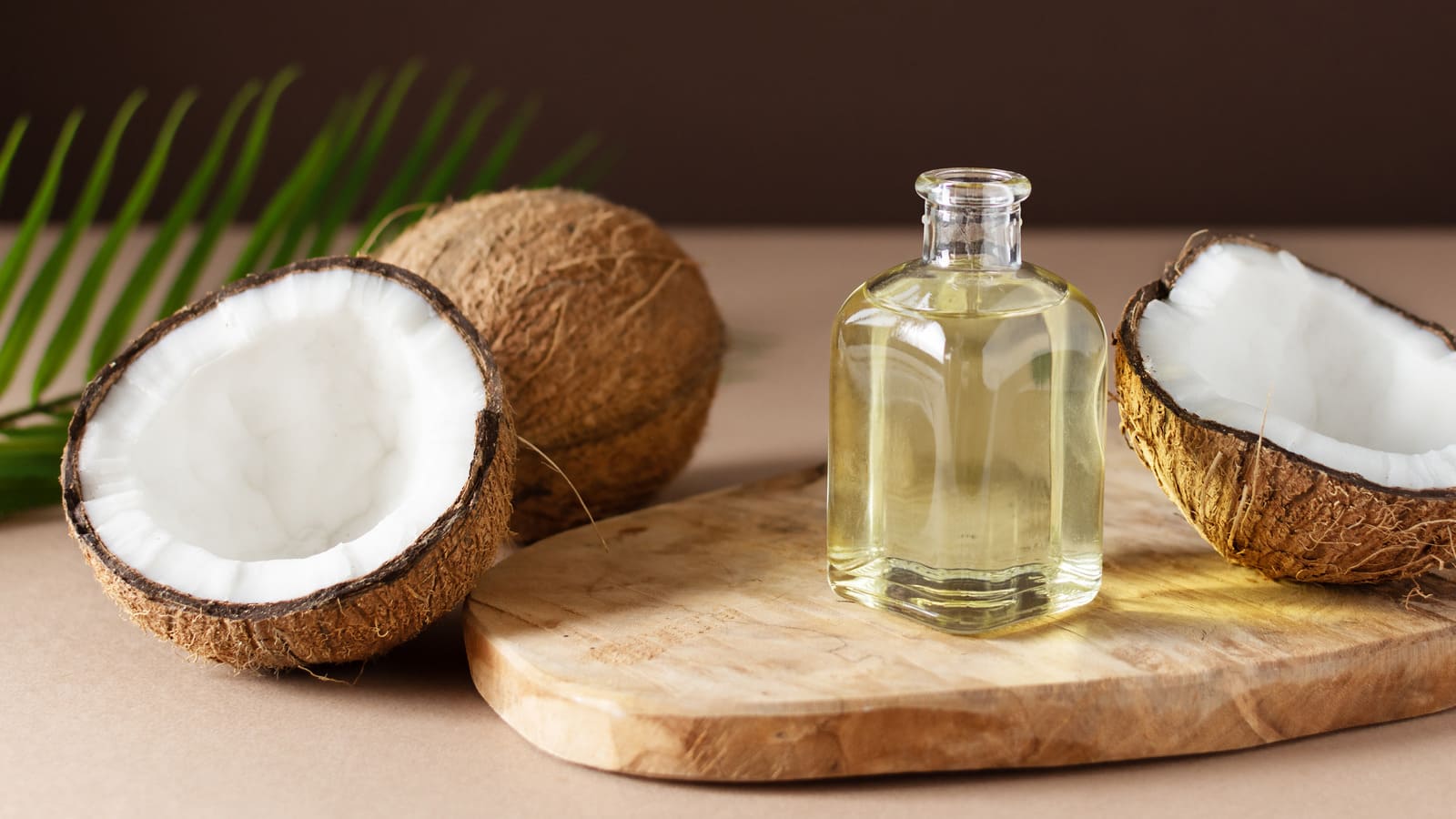

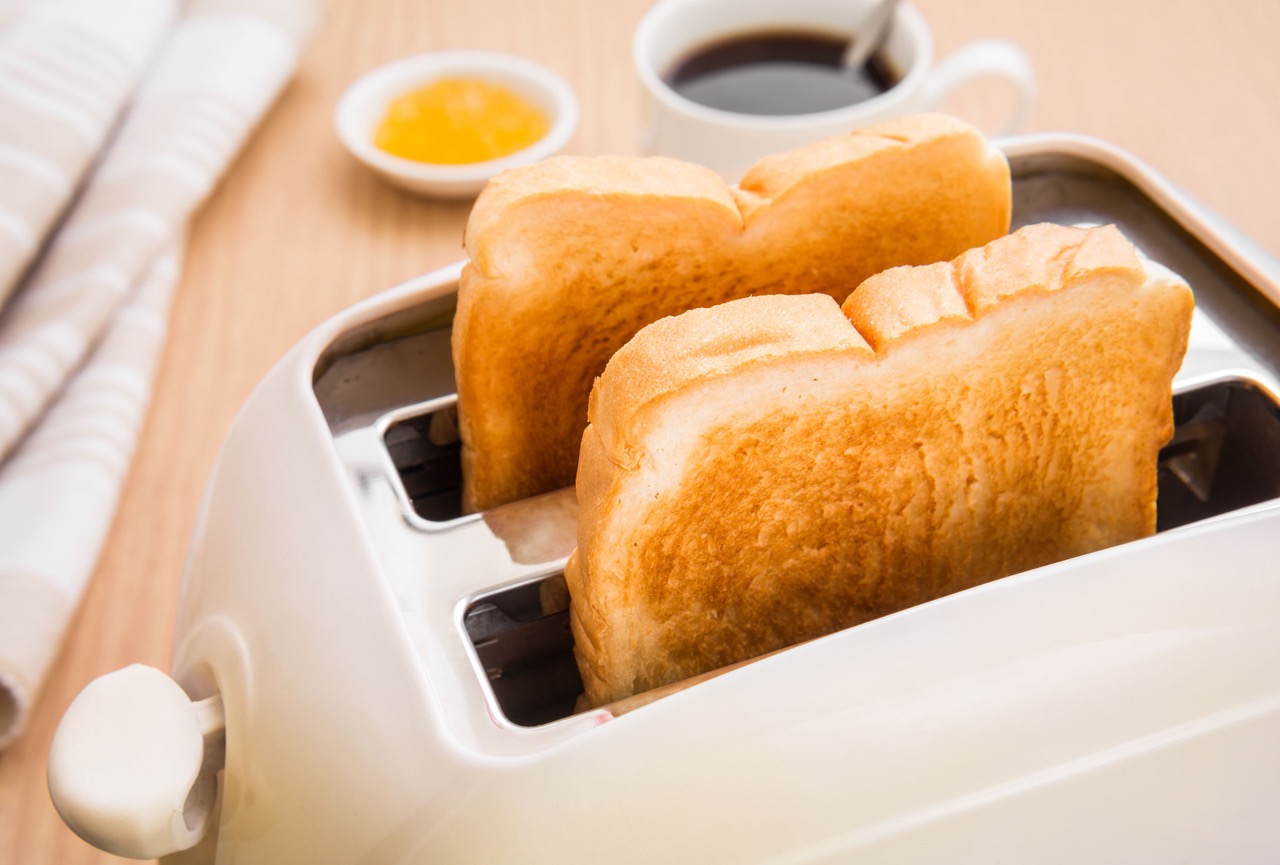
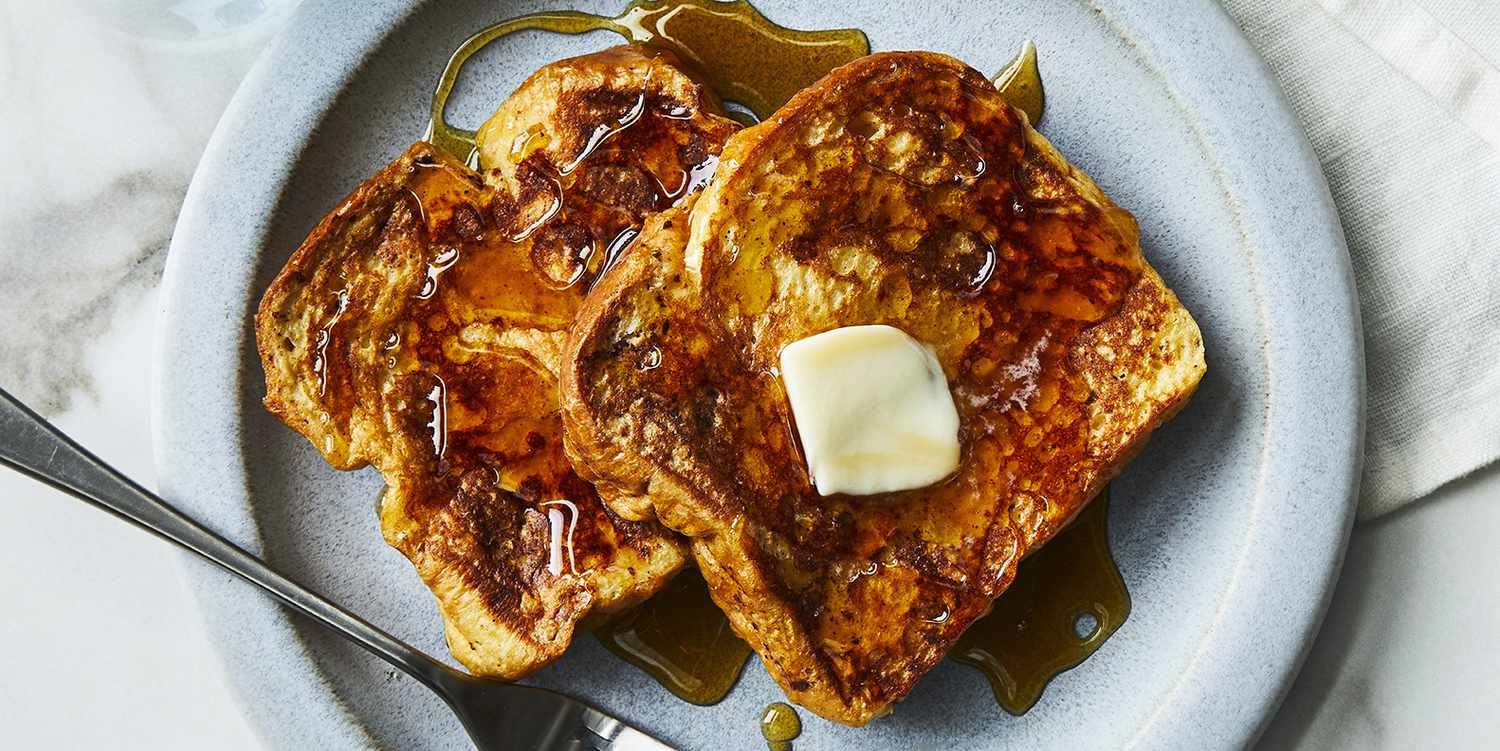
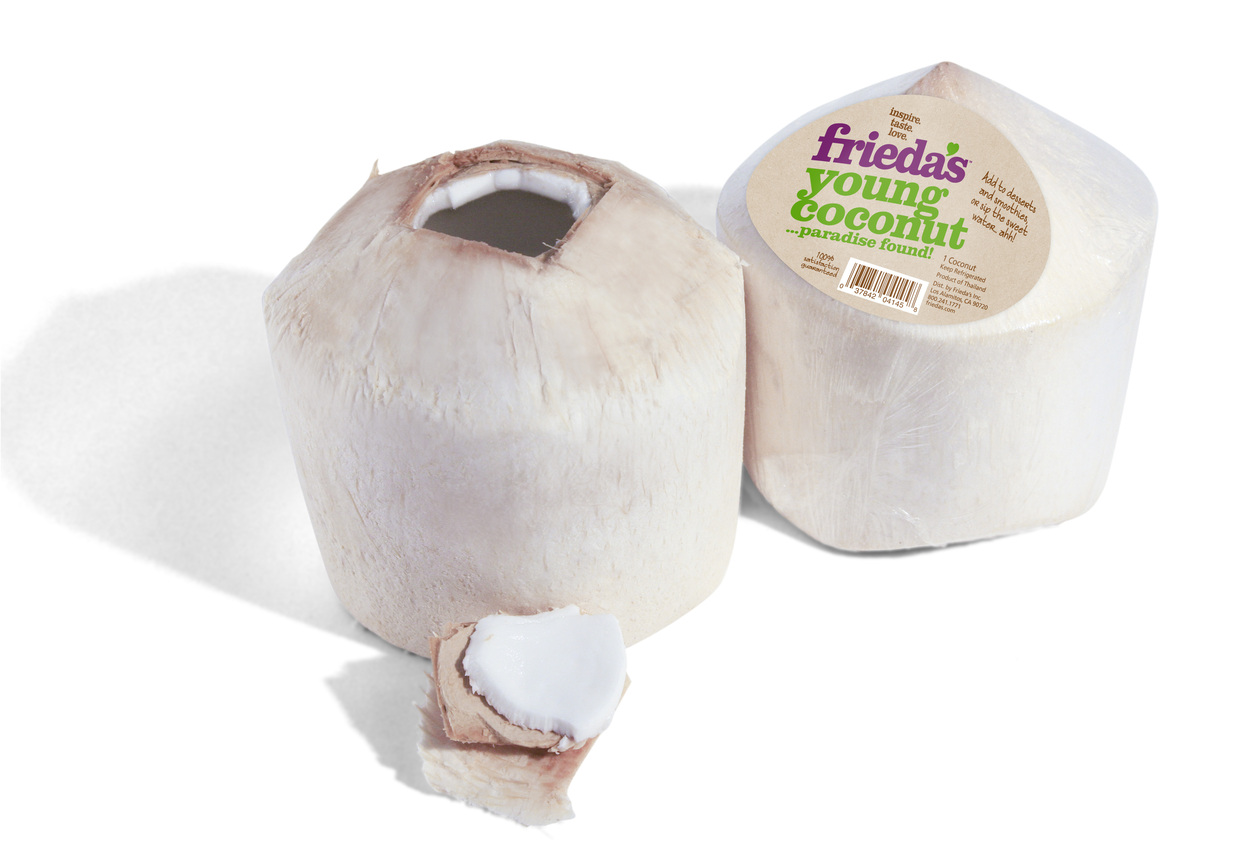
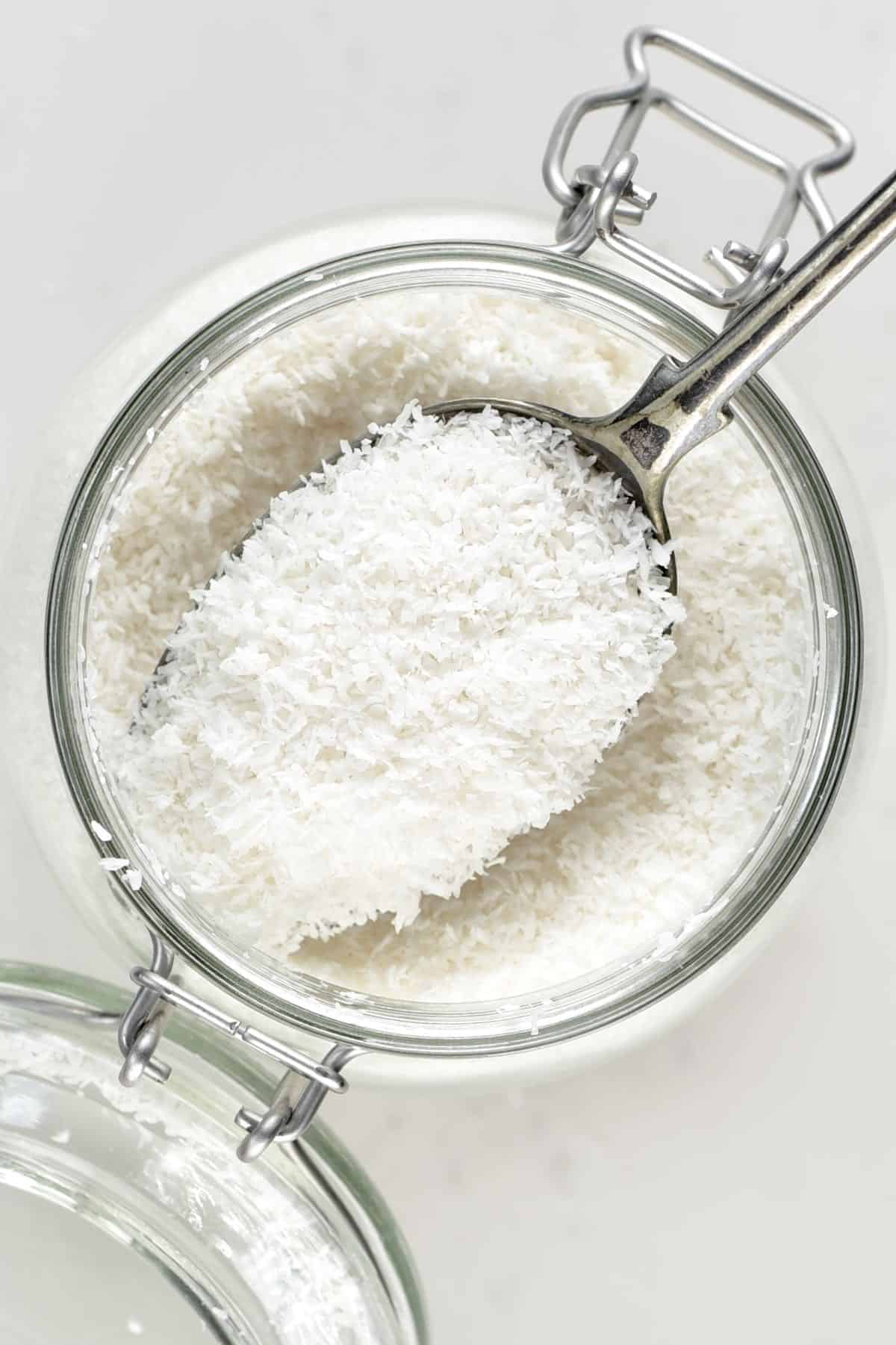
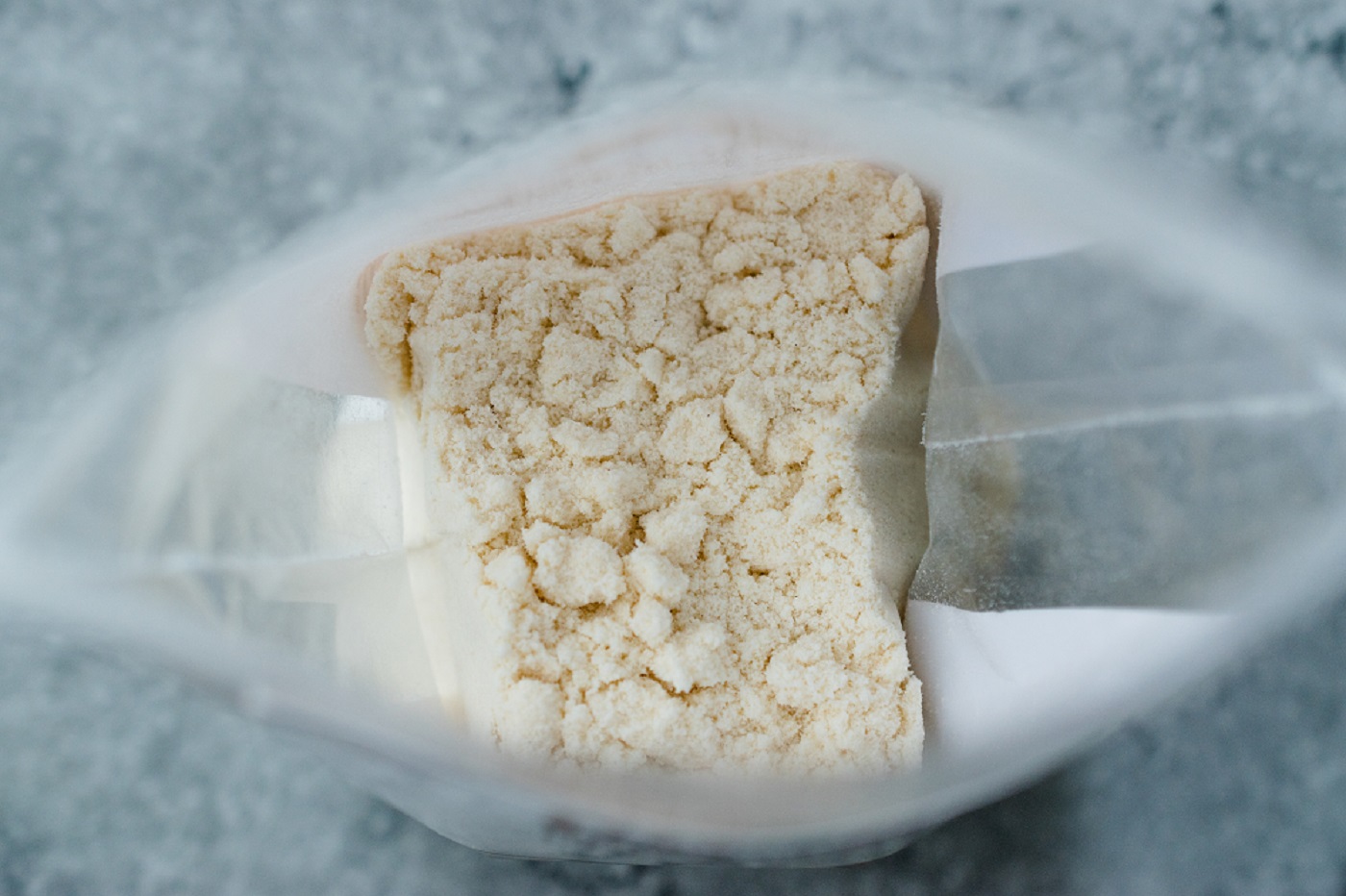
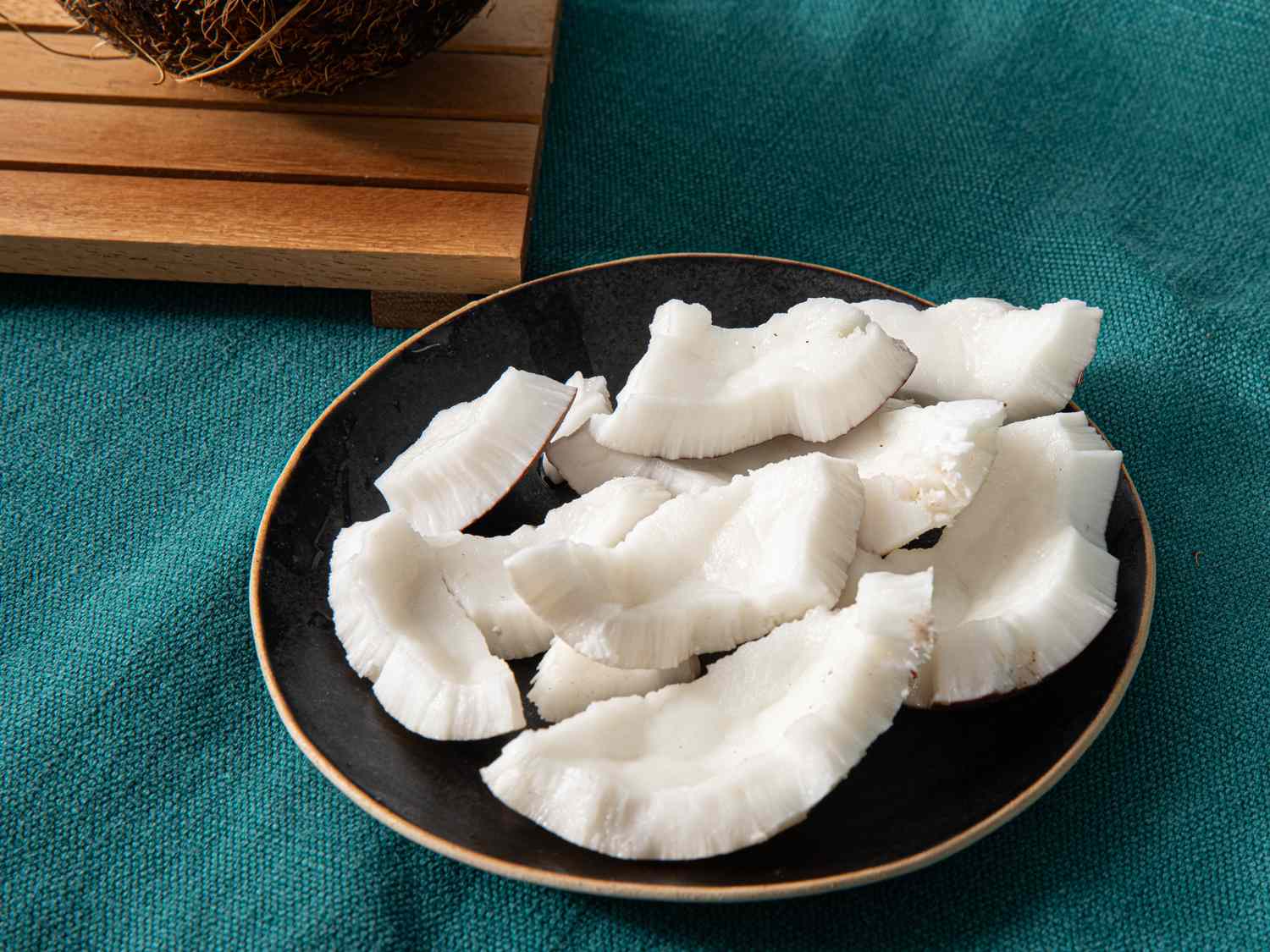
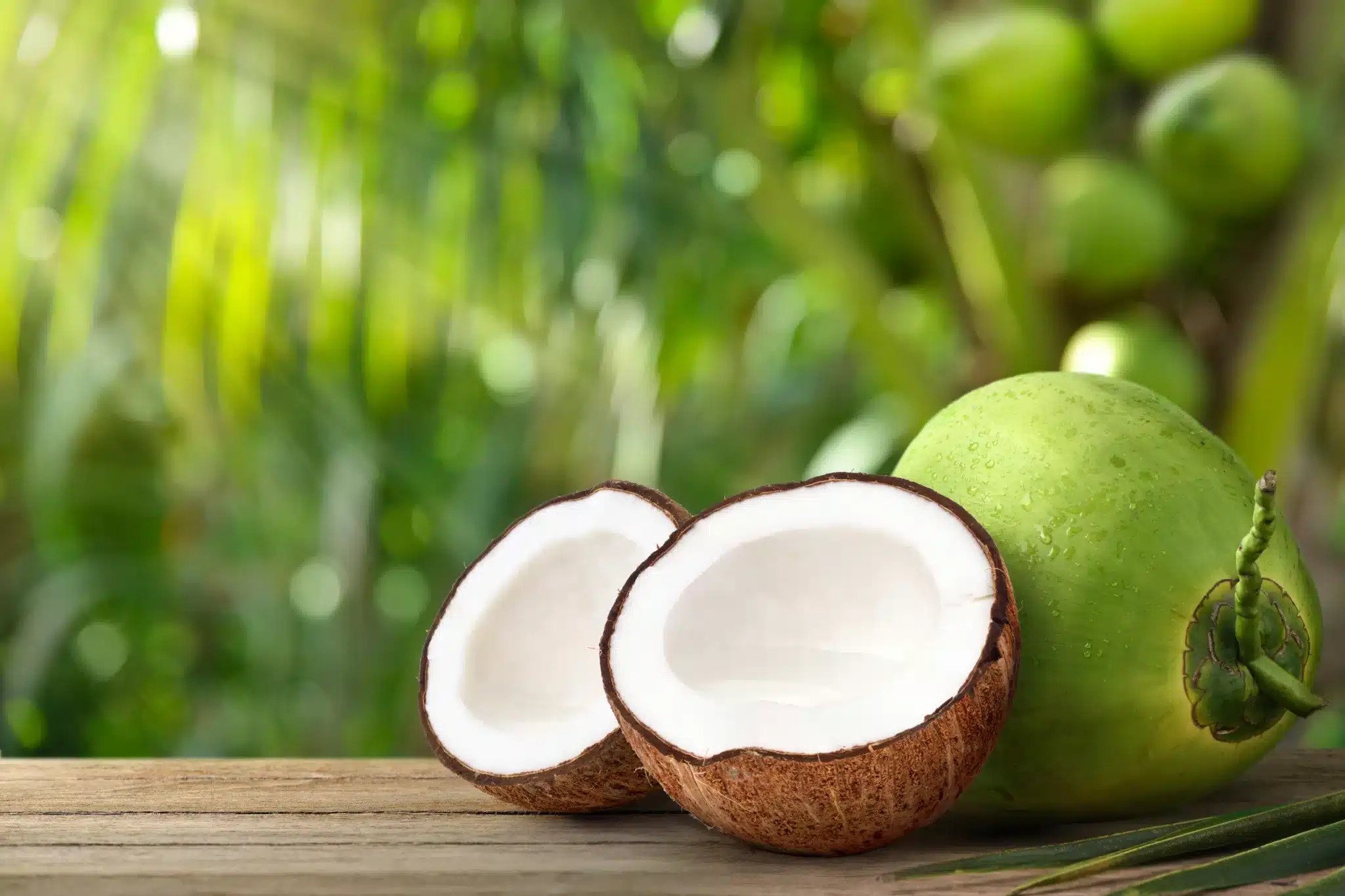
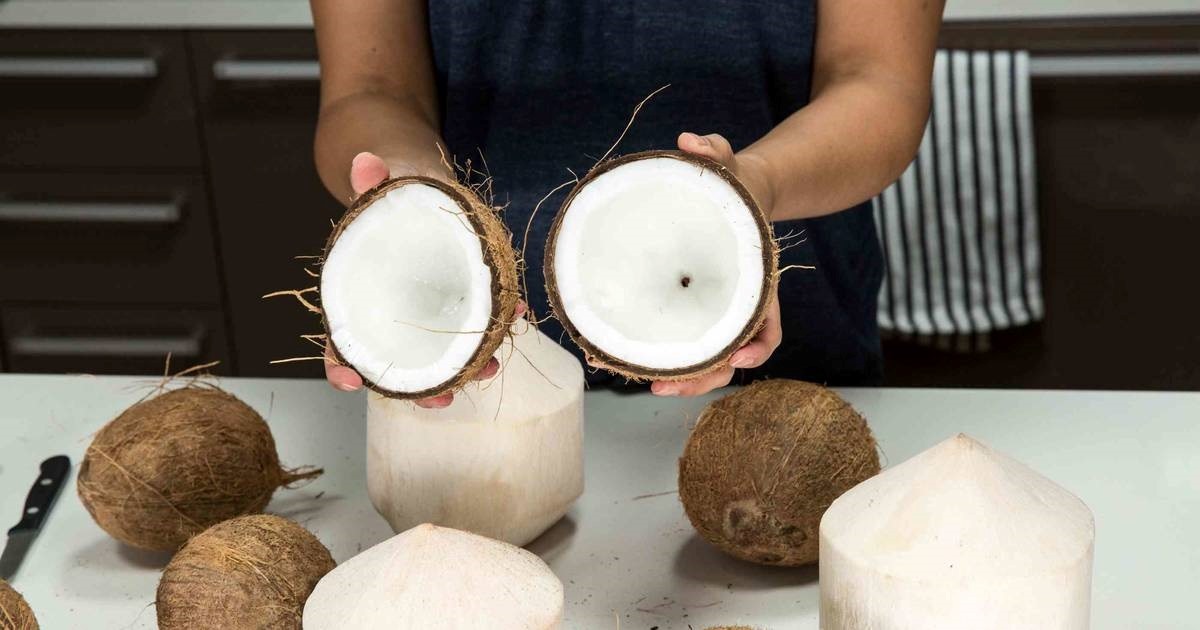
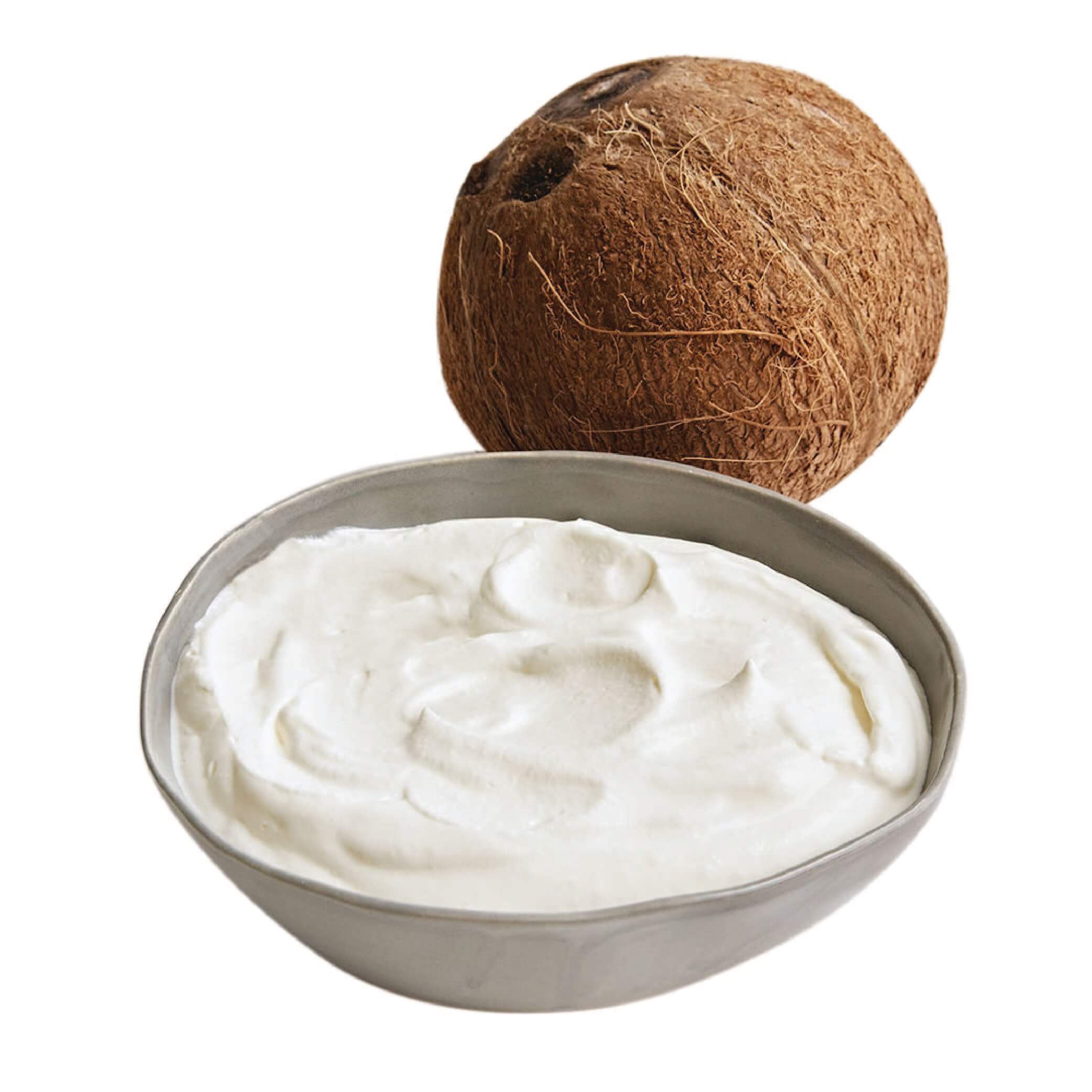
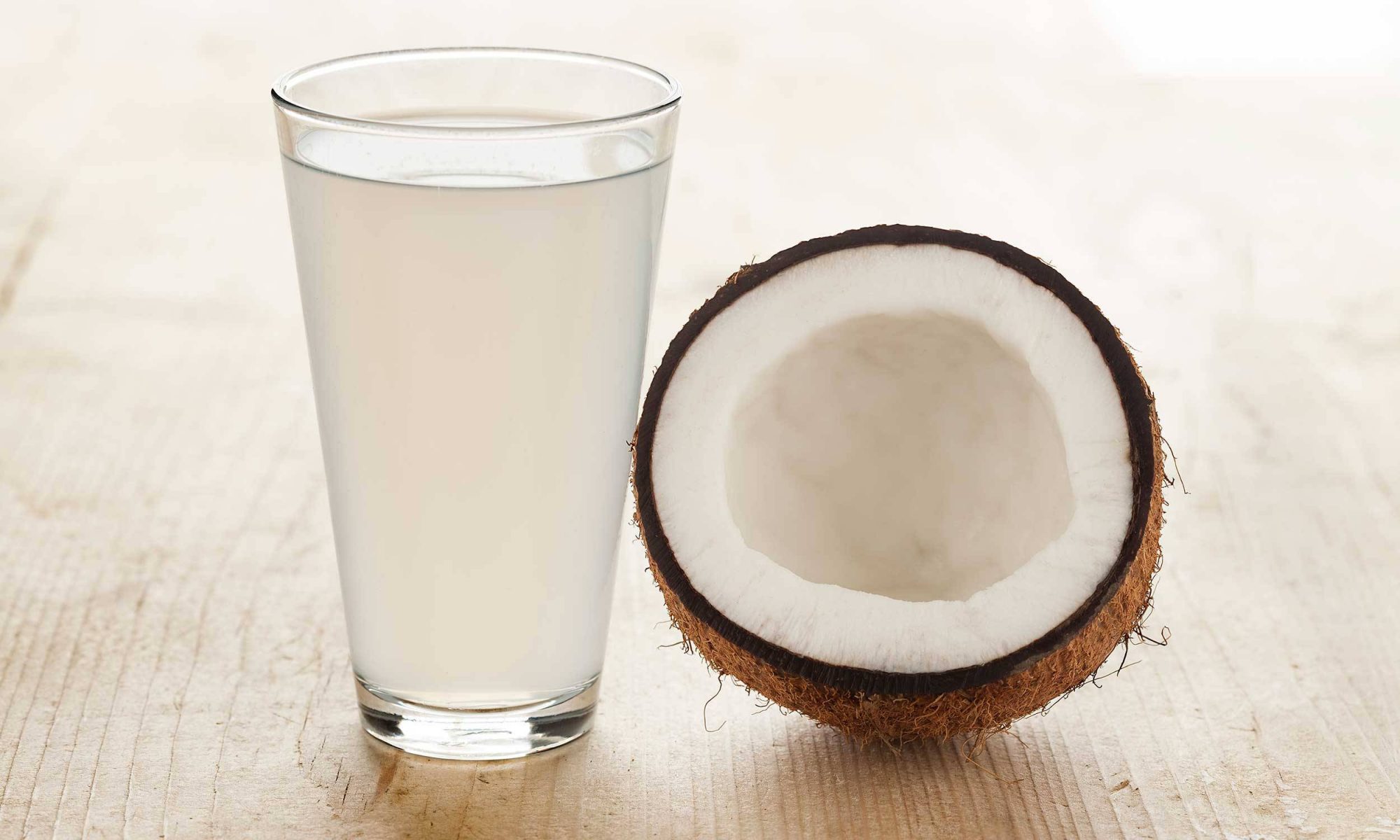

0 thoughts on “How To Store Toasted Coconut”